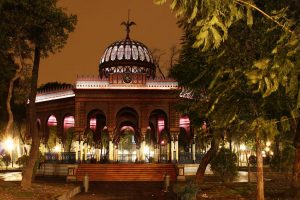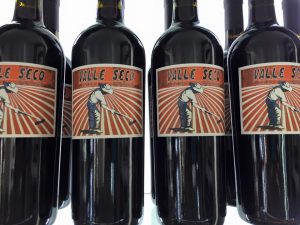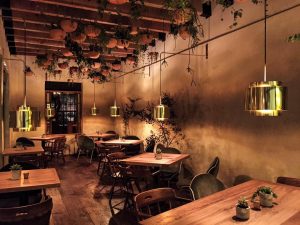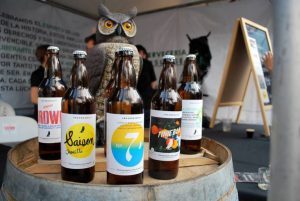Of All the Places in Santa Maria La Ribera, Perhaps the Neighborhood Itself Still Deserves the Highest Accolades
A rather peculiar air envelops Santa Maria La Ribera. It hits some of the neighboring places like San Rafael and sometimes Nueva Santa Maria and certainly Colonia Guerrero. But Santa Maria is the big sister of all of them. The neighborhood, built in the twilight of the Porfirato, and home to industrial and railroad titans, has always been on the apron of wealth with pockets of squalor, indeed like an apron put to good use in a kitchen meant to feed far too many.
The owner of the “Rancho Santa Maria” was the Flores family. They acquired the land to build a “modern” neighborhood, and in the architectural spirit of the time, they housed many of their workers and tenants in homes inspired by the French vision of the day. This is why Santa Maria was among the most popular places to live during the Porfirato.
During the very early 20th century, the neighborhood welcomed artists, intellectuals and a handful of bohemians. Places in Santa María la Ribera include the former homes of Amado Nervo, Mariano Azuela, the composer, José Alfredo Jiménez and the painter, Doctor Atl, to name but a few.
In years more recent to our own time, Santa Maria has seen its share of gentrification, although not in the steroids versions you’ll see in other parts of the capital, like in Roma/Condesa, for example. Always rumored to be the next important neighborhood, Santa Maria never quite gentrifies, and always tempts the idea.
The are some of the important places in Santa Maria la Ribera that make it that much more tempting.
1- Casa Imelda
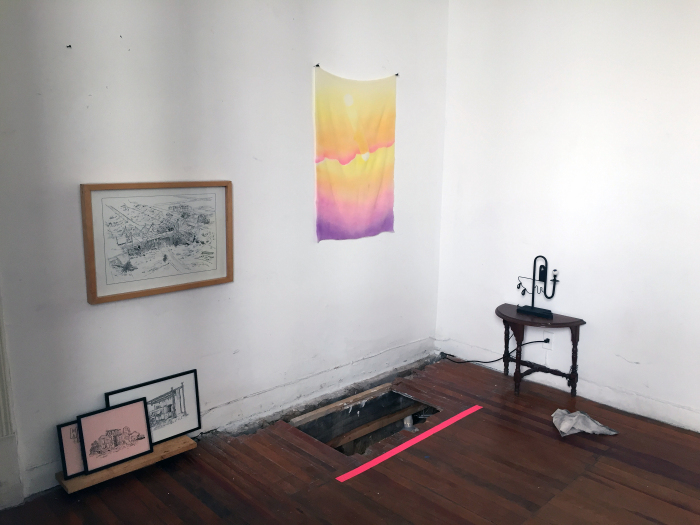
Casa Imelda is a community center, just off the Alameda, and that began as a project to restore and renovate the historical house it now occupies. The center also provides artists space to realize their art projects, usually installations. The Textil Dos Coyotes workshop is one of the better-known workshops in which artists collaborate on textile techniques applied to art and design are practiced. Projects are realized with a loom, but there’s also handmade felt, dyed with natural dyes and more.
- Address: Dr. Atl 217
- Website | Facebook
2 – Mi Verde Morada

The tree collective, Mi Verde Morada showcases techniques for urban agriculture and generally acts as the city’s advocate for more farming and gardening. Along with Enchúlame la Bici, a bicycle shop, Mi Verde Morada promotes not only affordable, environmentally friendly transportation, but lots of alternatives for healthier lifestyles. Inside one of the neighborhood’s beautiful old homes, it was restored by the owners in partnership with the community. Mi Verde Morada offers training courses and workshops to further encourage urban eco-sustainability.
Address: Eligio Ancona 79
3 – Kolobok Russian Restaurant
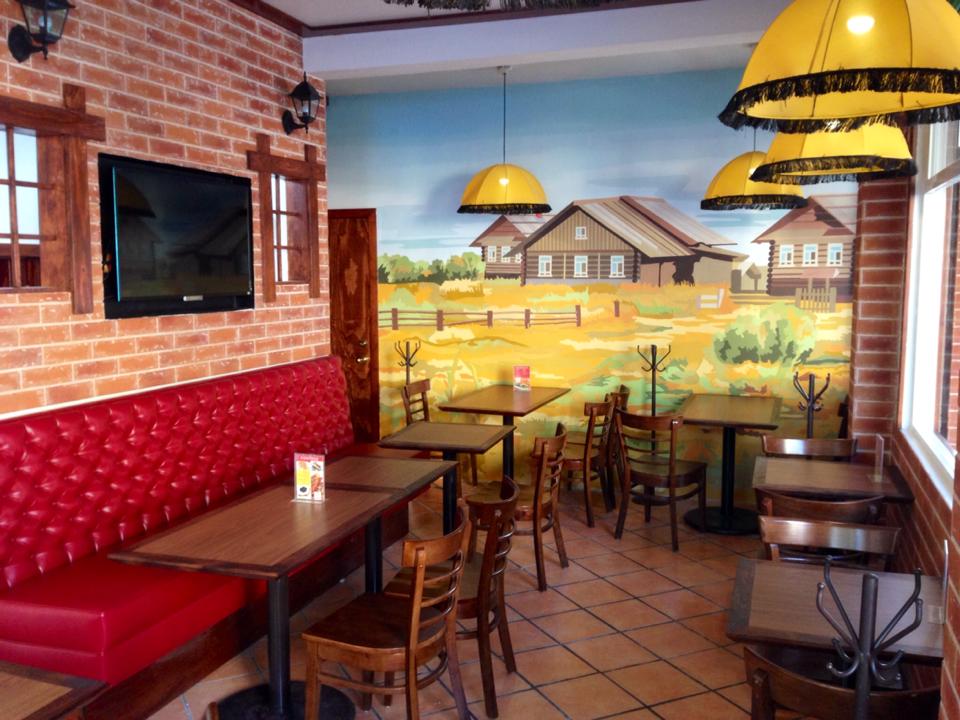
Beloved as the corner empanada stand, Kolobok has been dishing out goulash and borscht since almost the Soviet Union (well, since 2002, anyway). Really just a tiny corner restaurant, Kolobok has made its name with a very Mexican interpretation of Russia’s finest fare, and the results are worth going back for. The Russian bread is available to go, and the rest of the menu is heart-warming, to say the least.
Address: Salvador Díaz Miron 87, Corner. Dr. Atl
4 – Museo de Geología
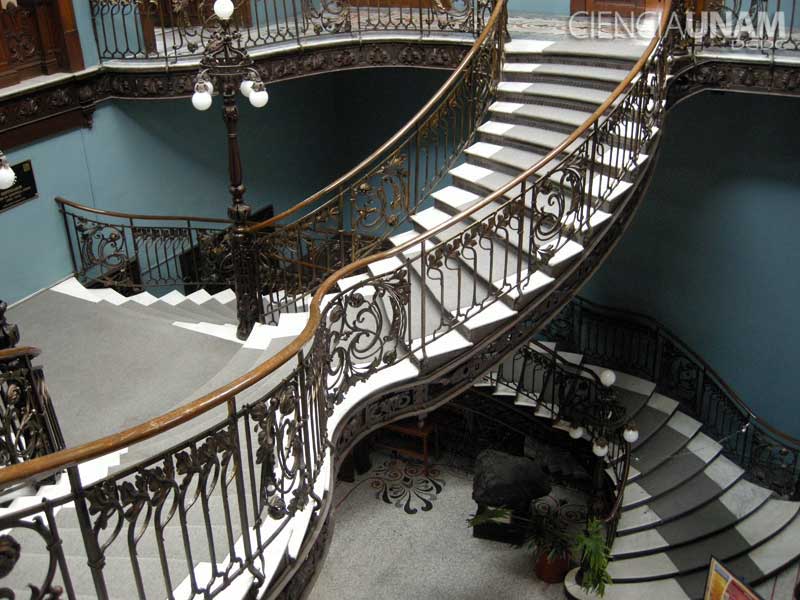
We’ve written in these page before that the Museum of the Institute of Geology of UNAM is perhaps the city’s most postmodern of museums, at least in the sense that the ornate and beautiful museum itself largely overwhelms the somewhat outdated collection. And that includes a pretty impressive standing mammoth skeleton. Today’s visitors go not for the collections of minerals, gemstones, and fossils, but for the striking iron stairwell, and the truly priceless works of fine cabinetry. The building, a Porfirato-period masterpiece of Beaux-Arts, is uniquely carved in the volcanic rock of the Valley of Mexico and worth admiring even when the museum is closed.
Address: Jaime Torres Bodet No. 176
Website
5 – Museo del Chopo

Known early on as one of the “Crystal Palaces” of the late 19th century, the Chopo has had a history as storied as the century it just lived through. Designed by Bruno Mehring in 1902, and pre-fabbed clear off in Germany, it was purchased there and shipped here. Originally intended to be a metallurgical machinery pavilion, the building is an impressive mix of industrial metalworking with curvilinear shapes not seen since. Once the Museum of Natural History, it’s been a UNAM Museum of Art since the 1970s, and a recent upgrade has brought it up to very impressive standards, both for architectural preservation and for pretty good contemporary art curation, too.
Address: Doctor Enrique González Martínez 10
Website
6 – Teatro Lúcido

One of the city’s outstanding creative theater spaces, Lúcido occupies an old villa-style house with a big open courtyard. In addition to groundbreaking original theater work, they also host local rock bands and some more sophisticated musical events. Always lively, there’s no auditorium style Off-Broadway stuff going on here, but lots that’s creative, sometimes noisy, and usually pretty clever too.
Address: Calle Dr. Enrique González Martínez
7 – Paranoid Visions
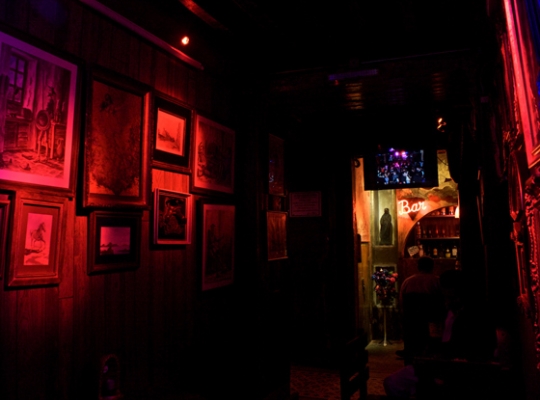
A satellite of the beloved (and creepy) UTA bar, Paranoid Visions isn’t just a taste of the hangover to come. Bohemian, and characterized by a peculiar distribution of musical genres that intrigue more than just the kids from the nearby Saturday el Chopo Market. Both places draw on the 1980s music and culture scenes in Mexico City, a decade that’s perhaps never left the city. Unlike the UTA, Paranoid Visions possesses some sensational sculptures, souls who seem to be forever watching, waiting for a drink. The music may very well intoxicate you, but any party here will be part ceremony and part last-one-for-the- road. What a road it is.
Address: Insurgentes 134
Website
7 – El Templo de la Sagrada Familia (Temple of the Holy Family)
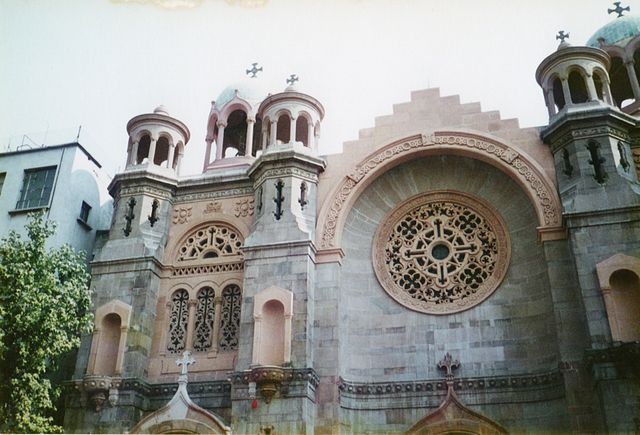
Noted as on one of the most beautiful religious facilities in the city, Sacred Family is probably one of the least well-known, too. Built in highly unusual (for Mexico City) Byzantine style, the complex is well worth a visit and speaks highly of the stonework and masonry being done at the turn of the last century.
Address: Santa María La Ribera 69
8 – Kiosko Morisco
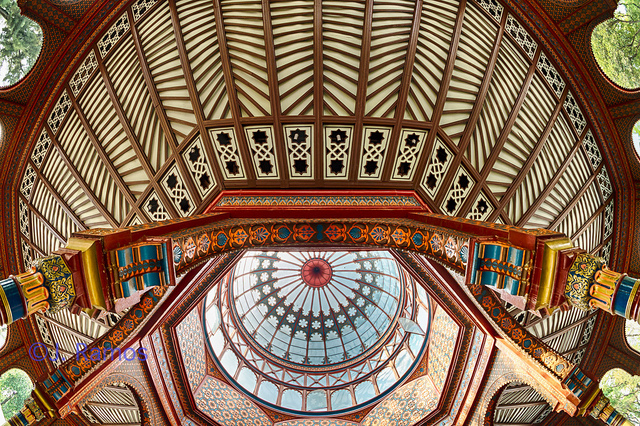
This one goes without saying. It’s at the center of the neighborhood, and it’s been a point of pride since it was first moved here during the centennial of the Mexican Independence. Since then, it’s been a focal point for everything that happens in Santa Maria, and it’s a must visit, in part cause it’s right at the center of the park, but also because it is probably the finest park kiosk anywhere in the country, even to this very day. Of all the places in Santa Maria la Ribera to visit, this one is not just the most obvious, but probably one of the most sublime, too.
With more visitors than any place else in the region, Mexico City is Latin America’s Favorite for good reason.
Here are just 15 of them!
Mexico City is vibrant, vast and very important. Not just in terms of the space it occupies and the stone and brick from it’s made from, but Mexico City greeted more than 30 million visitors last year. That’s more than it’s entire metro-population (though not by much). Let’s look at why they came.
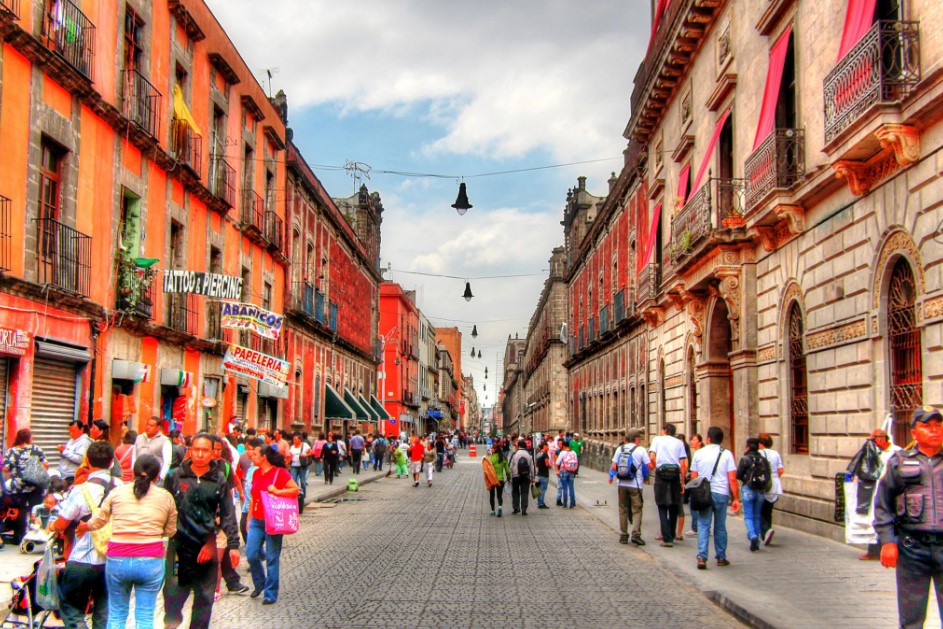
Last year, at about this time, The New York Times had named the city the number one travel destination for 2016. Tourism searches on Google showed Mexico City as not just a Latin American Favorite, but in the top five tourist searches in the world. And of course, people have been asking for the last several years if it wasn’t the Next Paris, or the Next New York or the Next SOMETHING.
The City government set itself to the task of figuring out just why people love coming here. These are the top 15 reasons they came up with, and ultimately they’re the reasons that Mexico City is Latin America’s favorite, and maybe your favorite too!
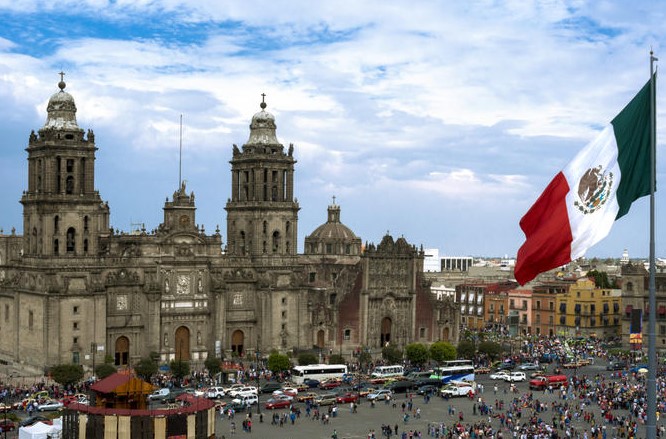
1) 185 museums, nine archaeological sites and four World Heritage sites? The cultural scene is enormous, rich and varied. There’s something for every kind of cultural traveler.
2) Fairs, festivals, conventions, meetings and extravaganzas cover music, food, movies, books, and trade in every kind of human activity, down to the annual clown convention.
3) Blockbuster events? Last year saw a Formula 1 race, an NFL game or two, the Tour de France, and a free Roger Waters concert in the city center.
4) Chosen for the sixth world C40 Mayors Summit in November of 2016, Mexico City is widely perceived as a world leader in combatting climate change.
5) The Metrobús system, originally based on one running in Bogota, Colombia, is now the biggest in Latin America. Stretching some 125 kms today, in 2017 no less than 90 Alexander Dennis Enviro500 double-decker buses will begin plying the length of Paseo de la Reforma, as Metrobus Line 7 officially opens.
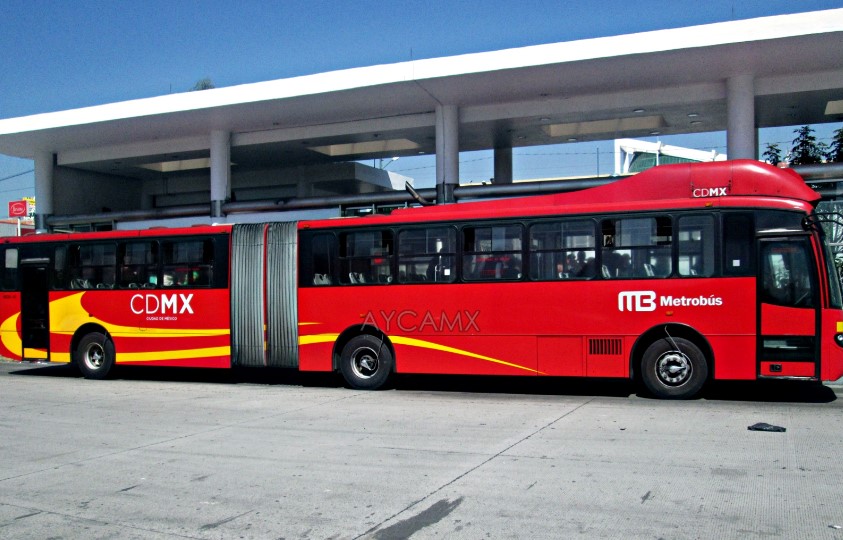
6. The tourist program Sonrisas por tu ciudad, literally “Smiles for your city,” organized by the Secretary for Tourism, has benefited more than 200,000 people.
7. Mexico City’s Central de Abasto (pictured below), after more than 30 years sells 30,000 tons of merchandise (mostly food) and sells to about 30,000 people every day. It’s the largest shopping area in the world.
8. Mexico City was the first Latin American city to join the Rainbow Cities Network, which coordinates city-level actions to protect LGBTI citizens and residents.
9. Mexico City was chosen as the World Capital of Design for 2018, by the World Design Organization.
10. The Centro Histórico is the largest historical city center in Latin America, with 1,500 buildings designated as having historical, cultural, artistic or architectural value. That’s more than most tour guides can handle, but it’s also home the continent’s biggest Metropolitan Cathedral.
 11. Mexico City’s first ever Day of the Dead parade was celebrated by more than 250,000 marchers, band members, onlookers and, yes, zombies.
11. Mexico City’s first ever Day of the Dead parade was celebrated by more than 250,000 marchers, band members, onlookers and, yes, zombies.
12. The city’s El Médico en tu Casa program puts a “Doctor in Your Home.” It’s already recognized in America, Asia, and Europe, for bringing health services closer to people who can’t easily visit hospitals or clinics.
13. Mexico City also began the first Specialized Center for the Management of Diabetes anywhere in Latin America.
14. The Ecobici system (pictured below) is the biggest public bike system in Latin America, with 452 cycle stations and about 35 million trips made by 200,ooo riders every year.
15. And finally, the good old underground Metro network is the biggest in Latin America, too. With 12 lines 226 km in total length, about 5 million people ride it every day.
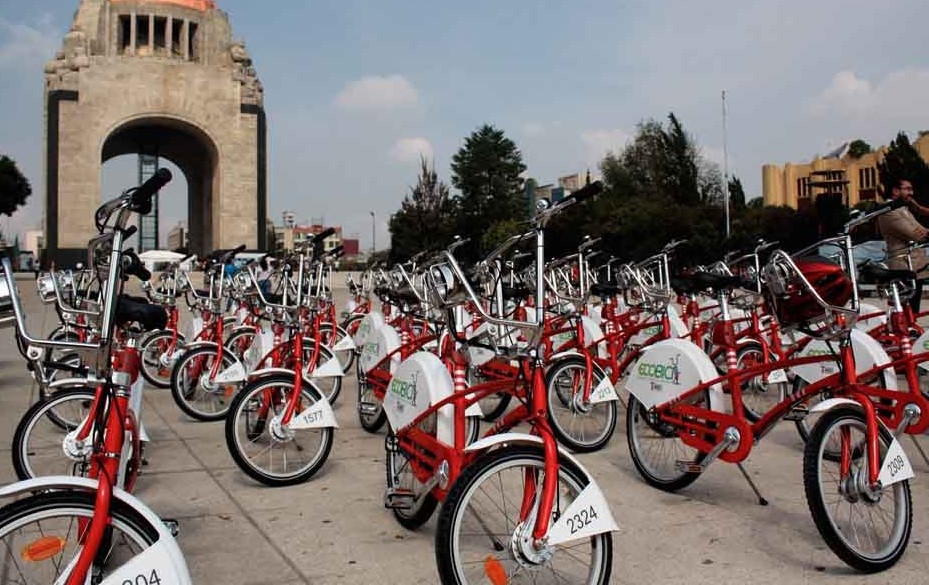
Source: CDMX government, with information from International CDMX and the 4th Governmental Report CDMX, 2016.
Some of Mexico City’s Best Wine Shops are still not backing Mexican Wines. These ones are…
Casa Madero may have been the first winery in the Americas, founded way back in 1597, and way up in Coahuila. But Mexico’s predominant “beer culture” has always given wine producers something of a long shadow to grow up in. Aguascalientes, Querétaro, Guanajuato, Zacatecas and Chihuahua all produce respectable wines, but it’s been the environs of Ensenada (the Guadalupe Valley, the Santo Tomas Valley, and the Ojos Negros Valley) that have really busted the Mexican wine scene out onto international lists of “respectability.” Some parts Coahuila (the Valley Of Parras, and Cuatro Ciénagas in particular) still hold their own – but most wine enthusiasts agree, Baja’s got the wine to beat.
Mexico exports wine around the world. According to the Mexican Wine Council, about 400 brands of wine are currently being produced in the country, and these increasingly appear on the international lists as being wines to watch (and to taste). But those lists aren’t everything. Even the most sophisticated drinkers know today that plenty is coming each year from Mexican wineries that’s worth taking note of.
Yes, you can still find plenty of good Mexican vintages mixed in with the international offerings on the shelves at Liverpool. But the wine shops below are pretty active at pushing good wines, from Mexico, onto more Mexican tables.
Vinoteca
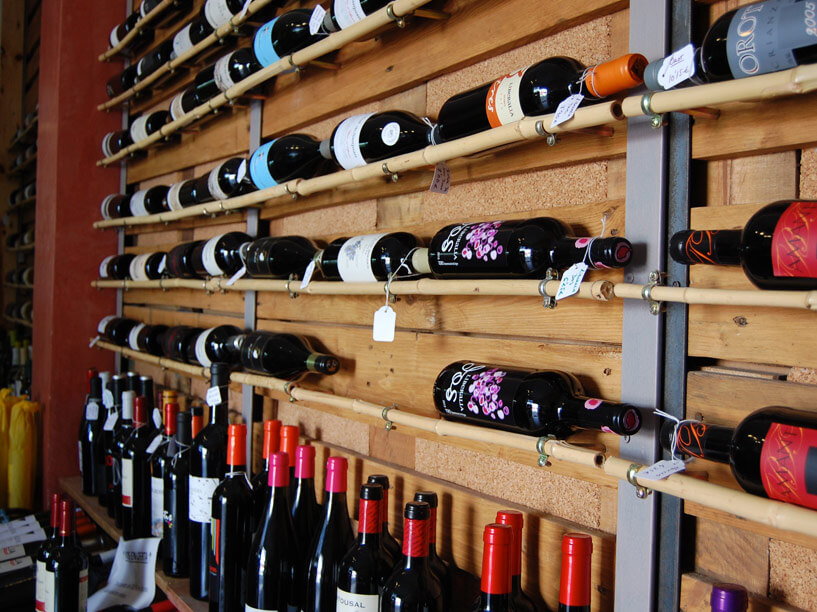
Vinoteca has three locations in and around the city and carries a wide range of Mexican wines, and still more around the country. They do a fair internet trade in wines too, but stopping in lets you pick the brains of their knowledgeable staff.
La Contra
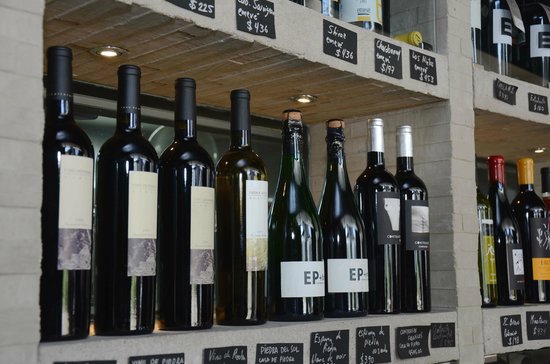
La Contra, also with shops all over the country, is one of the city’s leading advocates for the Mexican wine industry. With a capital location in Roma, it’s an easy and relaxed place to pick up recommendations, or indeed, to sample some of the best bottles coming in.
Address: Álvaro Obregón 130, local # 10, Colonia Roma Norte
Telephone: 5564 0966
Website | Facebook
Á de Acento
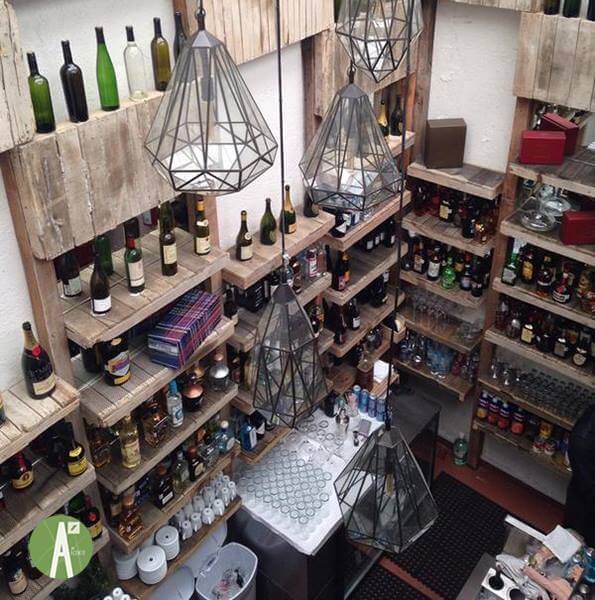
Á de Acento offers a very well-regarded restaurant, but the gourmet shop offers plenty that’s pure Mexican and well worth a bottle or two. In fact, prices are very reasonable, but there’s also usually something special hidden away in the shelves that inquiring customers will be very pleased to find.
Address: Cuernavaca # 85, Colonia Condesa
Telephone: 5260 4721
Website | Facebook
Amaya
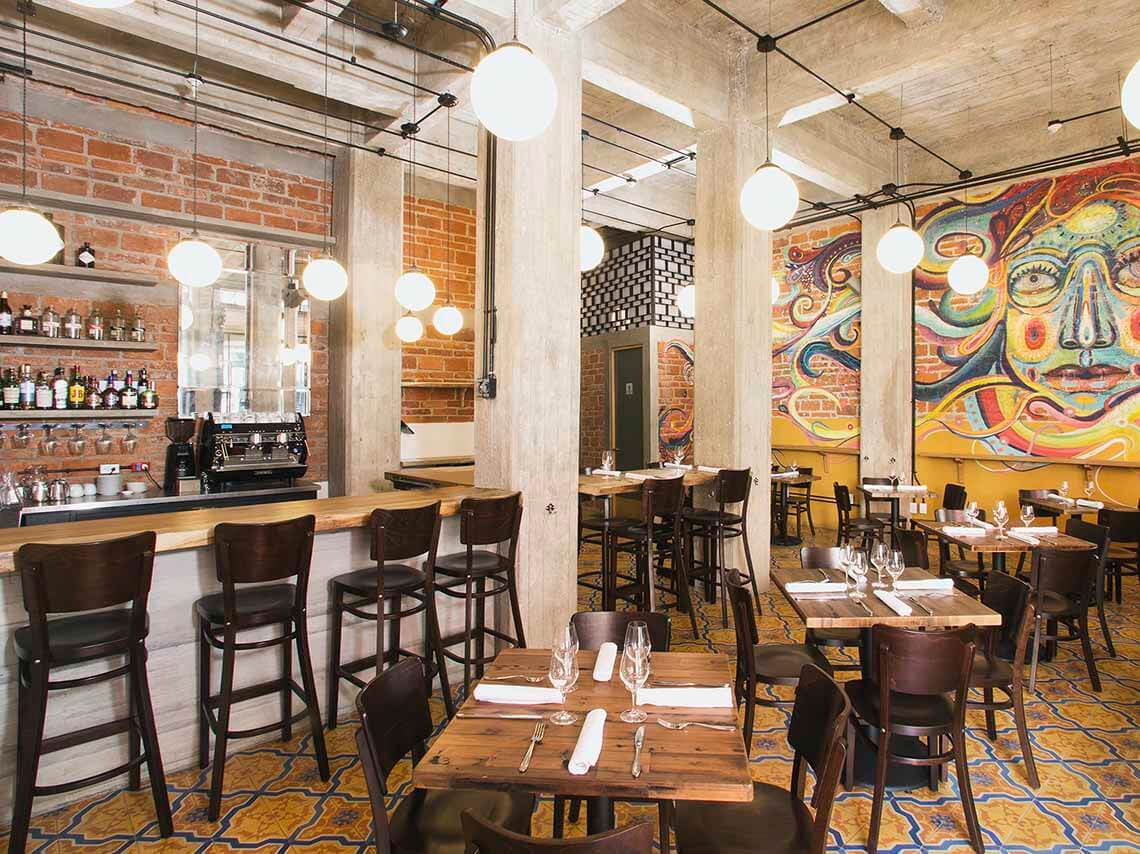
Another in the list of combo restaurant and gourmet shops, Amaya has made a big splash with their list of “vinos raros.” Far from weird, many of them are fabulous. They’re also generally available in the shop, no reservation necessary and many of the best are, in fact, domestically produced!
Address: General Prim # 95, Col. Juárez
Telephone: 5592 5571
Website | Facebook
La Europea
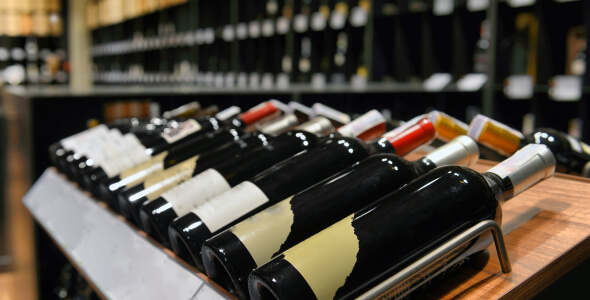
Don’t expect friendly service. La Europea is still trying to figure out in which decade they’re doing business. But for all the wood-boxed bacalao these people sling during the holidays, they’ve always got a ton of good wine, too. With a good number of branches in and around the city, calling them one of the best wine shops in Mexico might be a stretch, but they do a lot of business, and for that, they always offer a ton of good Mexican wines too.
Si Mon

Si Mon is run by the chefs at Broka Bistrot, practically next door. And the emphasis is on local, good, and even inspiring wines. One of the best things about shopping at a wine bar is after all, that there is usually a bottle open. And for that, including Si Mon in a list of the best wine shops is practically a given.
Address: Zacatecas # 126, Colonia Roma Norte
Telephone: 1866 9030
Facebook
Main Photo Above: Aborigen Valle Seco, Petite Sirah, Mourvedre, Cabernet Sauvignon, Courtesy of La Contra
